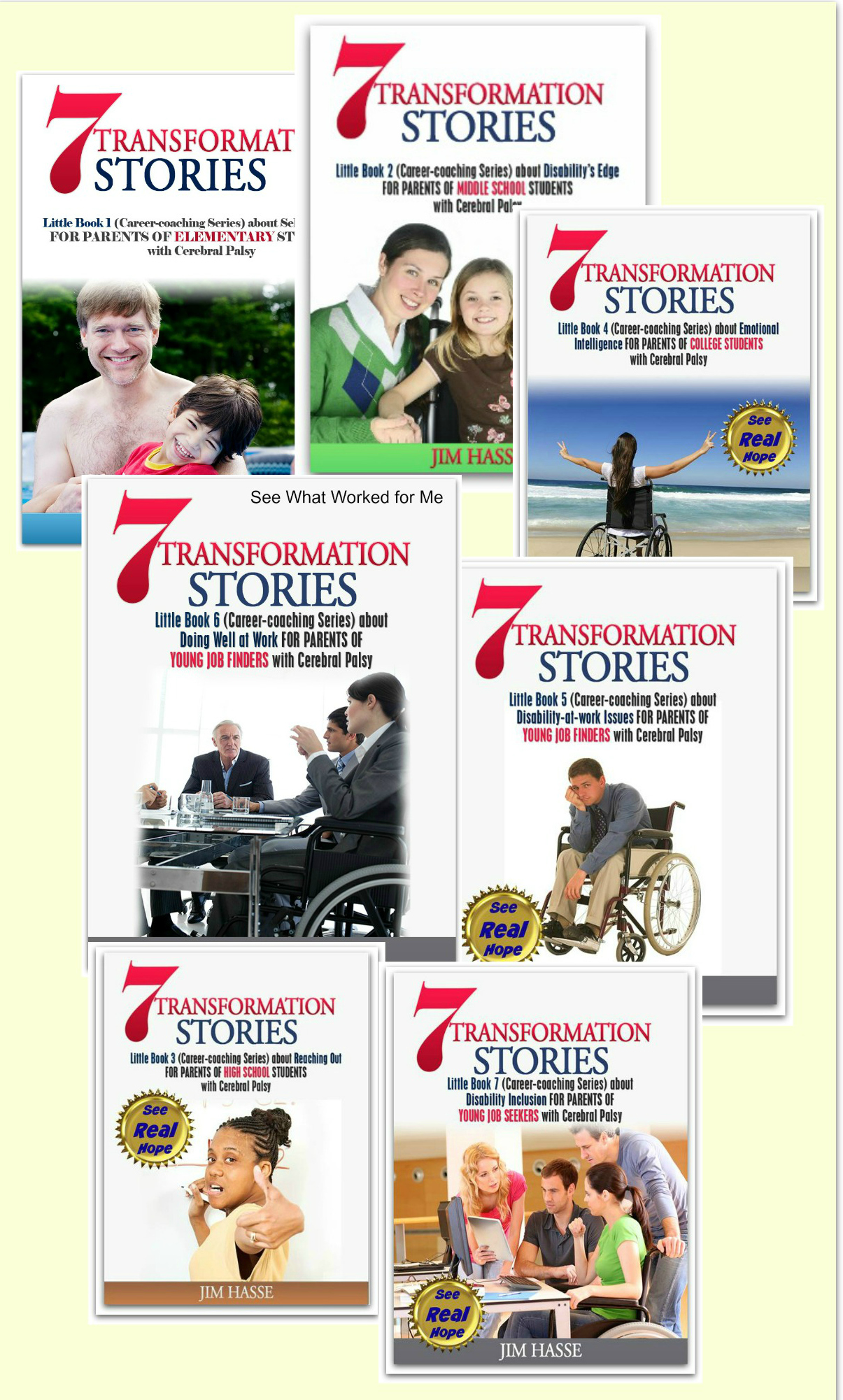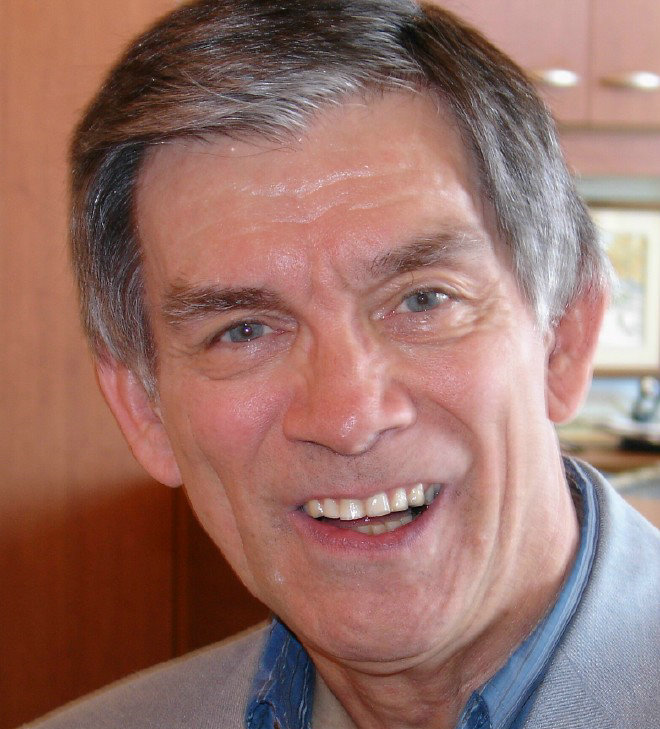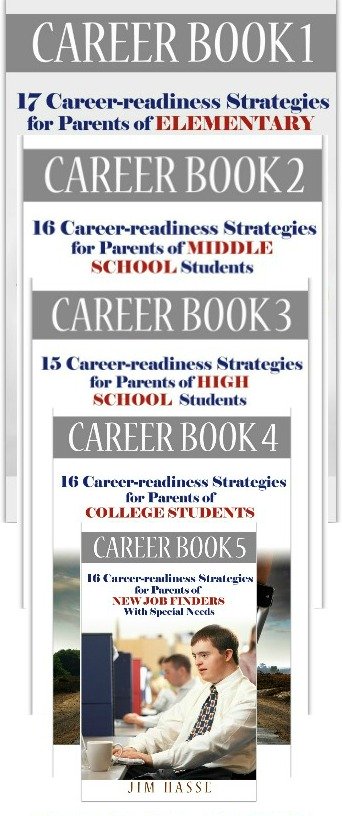Career Choice Information: Cerebral Palsy Career
Builder for Elementary Students
By Jim Hasse, ABC, GCDF, Disability Employment Expert
_________________________________________________________
My one bit of advice in terms of career choice information for your elementary student with cerebral palsy (CP) is this:
Ride only one horse.
That may seem like a premature mentoring tip. And, it may not even seem wise because, even today, the career paths and job sectors open to your youngster are becoming increasingly diverse.
Today, those ready for the job market can choose
the managerial/executive route or the hands-on route within a large corporate
environment or public service organization -- or choose to do a little bit of both within a small company. They can gain experience by making a series of
lateral moves within one organization to better prepare ourselves for targeted
positions, or they can reach that same type of position by gaining the required
experience through vertical moves by working for several different companies
within a specific job sector. Or they can hone their skill sets in a variety of
jobs in a variety of industries.
In short, there are a lot of horses to ride – not just
one. And, that puts a premium on career choice information. Look ahead 10 to 15
years from now, and, you can expect career choices to be even more diversified
than they are today once your youngster begins to search for a job.
That’s why I believe it’s important for you, as a “career coaching” parent or mentor, to stay tuned into the current career choice information provided by the U.S. Department of Labor.
On today’s workplace racing track, those who have chosen the right horse for themselves (and stuck with it) are more likely to find fulfillment in their careers. I think that one factor may remain constant during the coming years.
Ride one horse. That bit of
career choice information could become crucial in your youngster’s career
development. Let me explain why.

Choose to ride only one horse
Within an environment of multiple options, your
youngster can easily get mired in career choice information and lose sight of
the need to first focus on his or her unique temperaments, behaviors and
abilities. They are the essential considerations in managing one’s career.
Let me introduce to Susan. At the beginning of
college, she was excited about becoming a dentist. That fascination with
dentistry lasted about nine months. She then picked up an interest in
industrial psychiatry but dropped out of college in her senior year to work for
an Internet startup in customer service. At 25, she’s now is toying with the
idea of becoming firefighter. But she really doesn’t have concrete plans about
how to do that either.
Dentistry, industrial psychiatry, fire fighting. Is
there one horse?
Susan reminds me of Harley Swiggum. He grew up in
rural Wisconsin and served in the Navy during World War II. But, in a series of
failed attempts at starting his career within several different job sectors
after the war, he became discouraged and confused about how to use the variety
of hidden talents he possessed. In a downward spiral, he began to drink and
eventually found himself on Skid Row.
The fact is that he had too many ways to tap his talents, and he lacked the career choice information we have today online that could have helped him in his career decision making.
Eventually he became Dr. Harley Swiggum, founder the Adult Christian Education Foundation and The Bethel Series. Here’s a bit of advice that Dr. Swiggum, who died in 2015, left me: "Find the horse that’s right for you, and then ride it and ride to the hilt."
Let me extrapolate in career coaching terms what
I believe Dr. Swiggum was saying:
To successfully build a career, you need
to identify the horse that’s right for you -- a personal mission that will grow
into a framework which will eventually help you make career decisions that are
right for you. That’s not easy because it means you need to first know
yourself, identify what you value and create a vision for yourself. You’ll
discover your personal mission (horse) over time as your self-knowledge, values
and vision take on a sharper focus.
A personal mission is a short, concise statement of
what your youngster is fitted to do in life. As your youngster matures, he or
she can begin to form a personal mission statement by answering these three
questions:
- What do I do that is
unique to me?
- Whom do I serve?
- How do the people I
serve benefit?
This means the most helpful career choice information is often inside us. As we mature, we are able to tap into that "internal GPS" that is in all of us.
I trusted my instincts in choosing my career
One day my grandmother asked me what I wanted to be when I grew up. I
was seven. I said, “A carpenter so I can build houses.” And she laughed. How
silly. How could a kid with CP who had trouble walking and talking be a
builder?
But, more than 60 years later, I can indeed look back on a career as a builder
-- first as a builder of communities within a corporate setting and now as a
builder of electronic communities on the Internet.
At seven, I instinctually knew I was a creator, a writer -- a person who wants
to build a bonfire so everyone can gather around it to tell interesting stories
and learn from each other. In grade school, I knew I wanted to write so I
taught myself how to type. In high school, I knew I wanted to be a writer, so I
wrote for the school newspaper. In college, I knew I wanted to work for an advertising
or marketing agency, so I majored in journalism and advertising.
When I got a job in corporate communications (still
in the era of “hot type” – way before the digital age) after college, I
modified my journalism training to fit the needs of my company. When the
Internet came along, I modified my writing style to meet the requirements for
online content.
At 35, for the first time, I wrote my personal mission statement down on paper.
It has changed through the years but still reflects the bent I had at seven to
be a builder. At this time, my personal mission is to help us all see how much
we’re alike so we can accept our differences.
I feel lucky. Somehow I latched onto my horse at an
early age. It was a good match, and I rode it to the hilt through lots of ups
and downs.
What to do when you fall off your horse
I also know what it’s like to feel lost, to feel like you’re in the backwaters of the world.
During the late 60s and again in
the early 90s, I felt disconnected, powerless and unhappy at work, and I knew
that was a signal for a change. There was no longer a link between my interest
patterns and my day-to day work. I felt like I was in the wrong industry. I was
in a career dessert. I didn't have easy access to career choice information (especially before the Internet).
I had a vision and lost it and needed to search for
my way back. Going back to my personal mission, reshaping my career vision and
protecting what I value helped me to regroup.
Finding a satisfying career niche is “a
pathless path that finds us in a different landscape at each decade of our
lives, and it takes a different turn from year to year,” according to "The 12 Bad Habits That Hold Good People Back," by James Waldroop, Ph.D., and Timothy
Butler, Ph.D., two Harvard business psychologists.
So, apparently feeling lost in a career sometimes is par for the course. When one
is a mature adult in one of those slumps, here are some steps to take:
- Increase your self-knowledge on
a continuing basis by revisiting your temperament, behavioral and skill
profiles.
- Cater to your personal
interests.
- Discover situations in which
you work well and don’t work well and follow your strengths.
- Watch yourself and others at
work. What is triggering alienation at work in yourself and others? What
can you learn from it?
- Revisit your values and put
them in concrete terms. What do you really care about? Is it financial
gain, power and influence, variety, lifestyle, autonomy, intellectual
challenge, altruism, security, prestige, affiliation, positioning,
managing people, recognition etc.?
- Use your renewed self-knowledge
to redefine your career vision. Base that vision on your dreams as well as
where you’re at right now in realizing those dreams.
- Rework your personal mission
based your growing knowledge about yourself, your vision and the needs of
the people you want to serve.
- Use your values, vision and mission to map the next steps in your career development.
Of
course, these career choice information strategies are perhaps beyond the grasp of your elementary school
student right now, but knowing what’s ahead in one’s personal development can
be valuable.
Finding one’s way back when feeling lost during a downturn -- and getting back on a familiar horse again -- can be a growing experience. People with a healthy foundation for career management have learned how to consistently nurture themselves during both good and bad times, Waldroop and Butler point out in their book.
As
career-coaching parent or mentor, you can help your youngster lay the
foundation for such an approach to career management by providing him or her
with career choice information (an awareness of the possibilities and what’s ahead)
now.
And a healthy career outlook, based on that career
choice information, can mean your youngster will be a length ahead of his or her competitors whenever
he or she makes an important career move.
Return
from Career Choice Information to Job Titles
Go
to Cerebral Palsy Career Builders
This is Creative Commons content. You can freely and legally use, share and repurpose it for non-commercial purposes only, provided you attach this sentence and the following attribution to it (including the two links):
Originally written and illustrated by Jim Hasse, ABC, GCDF, owner of Hasse Communication Counseling, LLC, who, as a person with cerebral palsy, served for 10 years as a vice president in a Fortune 500 company during his 29-year career in corporate communication. He’s an Accredited Business Communicator, certified as a Global Career Development Facilitator and author of 14 Amazon books about disability awareness and disability employment issues.





